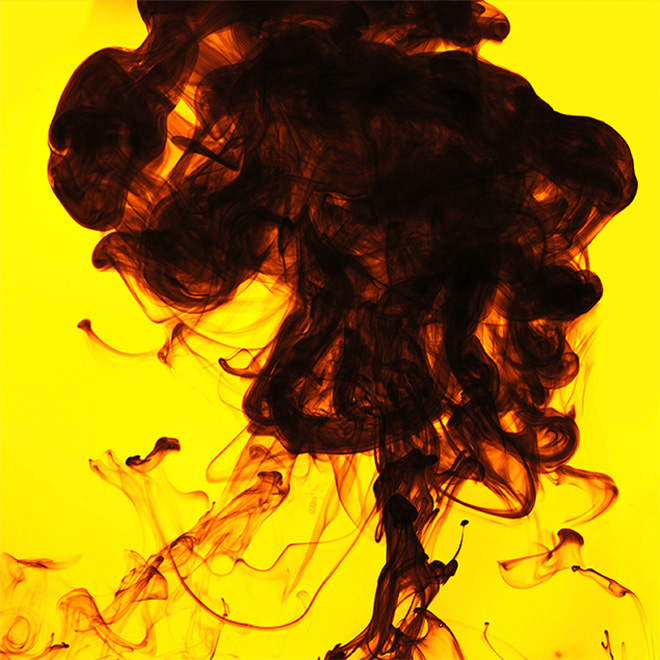
This next event might just be the perfect adventure for all you adventure seekers around the world.
Even the smartest of scientists scratch their chins trying to explain the origin of the Mekong Lights – a phenomenon that occurs every year during the full moon at the end of the Buddhist Lent in October when thousands of fireballs explode out of Thailand’s Mekong River and disappear into the sky.
This natural (or supernatural) occurrence, known as “bung fai paya nak” by the locals, is an adventure that cannot be missed. It magically happens every year around the same time and can also be seen in other places, such as the Nong Khai province in Isan and in Laos. The fireballs are believed by some to be the result of methane pockets bubbling up from the river, but without enough scientific evidence, many locals are convinced that the balls come straight from the breath of Naga, a mythical serpent that haunts the river. Okay, maybe haunt isn’t the right word. Naga seems like a friendly serpent.

Friendly because according to legend, the fireballs were blown into the sky as a celebration for welcoming back the Lord Buddha after his visit to his mother in heaven. In commemoration of this, on the day of the event, local people will dress in traditional clothing and parade until the evening before gathering on the riverbanks for the show. If you are lucky, you can see up to thousands of red, glowing fireballs rise 400 meters out of the water and into the sky (some of which are as big as a basketball).
Today, Thai people still do not have a conclusive explanation about the origins of the fireballs, although most aren’t driving themselves crazy trying to figure it out. That’s because the magical quality of this phenomenon is attributed in part to its mystery. It would be worth it to travel thousands of miles to witness this unforgettable fury of red, yellow and orange. So next time you’re craving adventure, forget your standard fireworks display. Here’s a fire-laden show that will make you believe in the existence of mythical serpents.

















